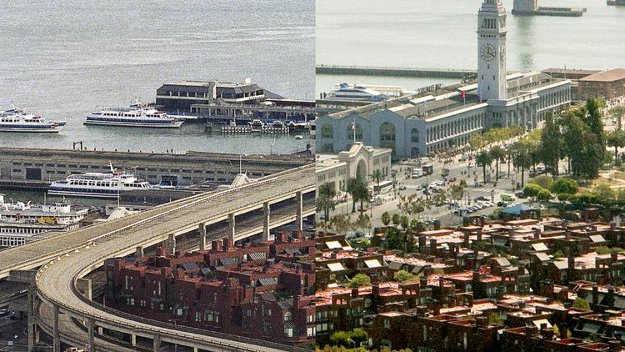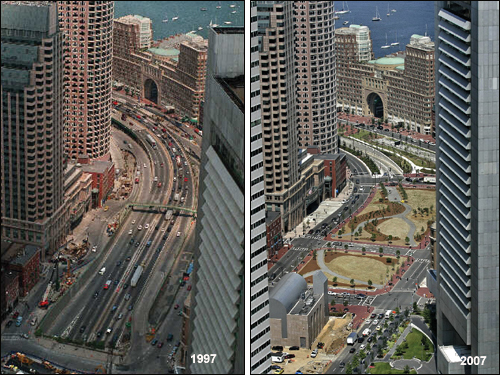There are two basic ways to cross a city on a bike. On the one hand, there is the officially preferred path which consists on a bike line commonly designed by non-cyclist technicians (we will deep in this issue in the future). On the other hand, some bikers are prone to share the pavement with cars without physical barriers.
This last point has to do with the lack of secure alternatives within the cities and it’s likely to create a clash between the long-time favored, polluter motor vehicles versus the green model of sustainable transport on a broad scale, although bikes have been with us for ages. This is precisely one of the fears of compulsive car drivers: losing privileges in favor of bicycles.
What they do not see is that the more bikes in the streets, the better air we breath, not to mention the cuts in car accidents and their gravity, or the reduction in oil dependency among others. One of the easy-measured key indicators in the bad relation between cars and bikes is the number of horn hokes you hear when riding in a highway. Drivers who are aware of this issue respect cyclists as they feel us as part of the community and they could also be bikers themselves on the weekends. This synergistic model is what a lot of local governments are looking for. But dozens of years allowing everything car-related (including alarming dead figures in car accidents) is making this ideal coexistence tough. Nevertheless, important steps are being made towards the development of the bike movement and we thank them as part of the search of a better future.

